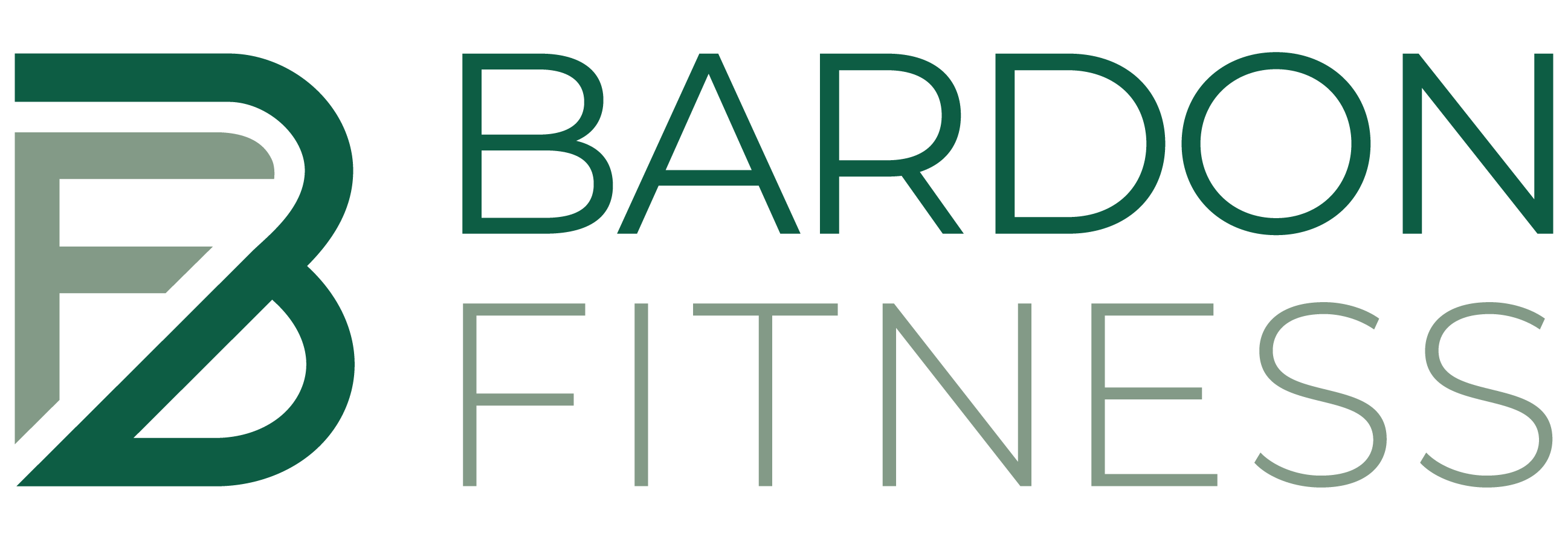PLANT VS ANIMAL PROTEIN
By Corby Pinder | Comments: 2 | 26 April 2017We’ve all heard of protein but what do you really know about this powerhouse macronutrient!?
We have at least 50,000 proteins in our body and in all probability as many as 2 million. The building blocks of protein are called amino acids, and if one or more aren’t available in sufficient quantities, the production of protein is weakened. This means our metabolism may only function in a limited way.
Amino acids are either essential, meaning we must consume them, or non-essential, meaning our bodies can produce them through biosynthesis without consumption. So you understand just how important your consumption of protein is, here’s a short list of what proteins are responsible for:
- Muscle repair and growth
- Repair of red blood cells
- Hair and fingernail growth
- Regulation of hormone secretion
- Muscle contraction
- Digestion
- Hydration
- Disease protection
- Nutrient and oxygen transport
This list only begins to scratch the surface and scientists are constantly discovering the complexity of these macronutrients. Give us 5 years and we will probably discover that protein controls our libido!
But what type of protein is best…
One of the simplest ways to analyse this million-dollar question, is to take a look at the animal kingdom and note the species that thrive with what the planet has to offer while maintaining the most amount of muscle and energy. Who you will find are the Gorilla and Lion and when you look at their dietary and activity habits, you may be shocked. Two entirely different lifestyles to reach the same desired effect!
The Gorilla has a diet that is predominately vegetarian, and they are generally awake for 15 hours and sleep for 9. Depending on their habitat, they will consume a variety of fruits and plants with only about 5% coming from insects. The Lion, who eats predominately meat, is awake for 10 hours and sleeps for 14. What!? Perhaps we will soon discover that we need a certain amount of sleep to properly digest protein and in our sleep deprived time could be the cause of SIBO and leaky gut.
As humans, our digestive systems more closely resemble the Gorilla but we also have characteristics to indicate we have evolved to eat meat. We have canines, our digestive systems can break down and absorb animal fats and proteins, and our hands are designed to make tools for hunting. A benefit of consuming animal protein is that it contains ALL of the essential amino acids and important vitamins and nutrients such as CREATINE, CARNOSINE, Vitamin B12, Iron, Zinc, Selenium, and the healthy fats DHA and EPA (omega 3’s).
Like the predominately vegetarian Gorilla, humans also have long intestines with pocketed edges and plenty of twists and turns, whereas the Lion’s is relatively short and smooth. The Lion’s digestive timeframe is also a lot faster than ours. The smooth and short intestinal tract protects the lion from the bad bacteria and fermentation that can come from rotting meat.
Now looking at the longevity, muscularity and energy of the Gorilla, it’s clear to see the benefits of plant-based proteins. Plant-based foods are practically free from cholesterol, tend to be high in fibre, and are often alkalising to the body. They are also micronutrient powerhouses!
The concern when considering a vegetarian or vegan lifestyle is the lack of essential amino acids. Depending who you are talking to, it’s either a myth or completely founded. Vitamin B12, calcium, and iron are considered three of the micronutrients to supplement with if you are a vegetarian or vegan, but some sources say that our body is capable of breaking down amino acids and fulfilling our needs through biosynthesis.
It’s clear that we need more time for research but what we can do in the meantime is ensure that we are balancing our macronutrients and consuming our micronutrients. If you’re protein consumption consists mostly of meat, try implementing a few of the options below for some variety and added nutrients. You might be surprised what the fibre and vitamin boost will do for your training and bathroom sessions. If you’re vegetarian or vegan, hopefully this list has some alternatives that you didn’t realize were so protein rich.
Using your BIOME Meal Plan, decide which proteins you would like to implement into your diet and add them to your grocery list. Your health and fitness journey is all about self-discovery and happiness so explore and do what feels right for you!
Protein-rich plant-based foods and how much protein they pack:
| Peas | 1 cup | 8 grams |
| Quinoa | 1 cup | 8 grams |
| Nuts | 1 oz | 6 grams |
| Beans | 1 cup | 13 grams |
| Chickpeas | 1 cup | 7 grams |
| Tofu or Tempeh | 1 cup | 15 grams |
| Edamame | 1 cup | 8.5 grams |
| Broccoli | 1 cup | 8 grams |
| Hemp | 1 tablespoon | 3.5 grams |
| Chia Seeds | 1 tablespoon | 2.5 grams |
| Seeds | ¼ cup | 6 grams |
In Love and Health,

2 Comments
Comments are closed.

Emma
27 October 2017Super helpful thanks Corby! X
Corby Pinder
3 November 2017Thank you Emma! I will be following up with a blog about some noteworthy deficiencies amongst vegans and vegetarians. I’ll let you know when it’s up xx